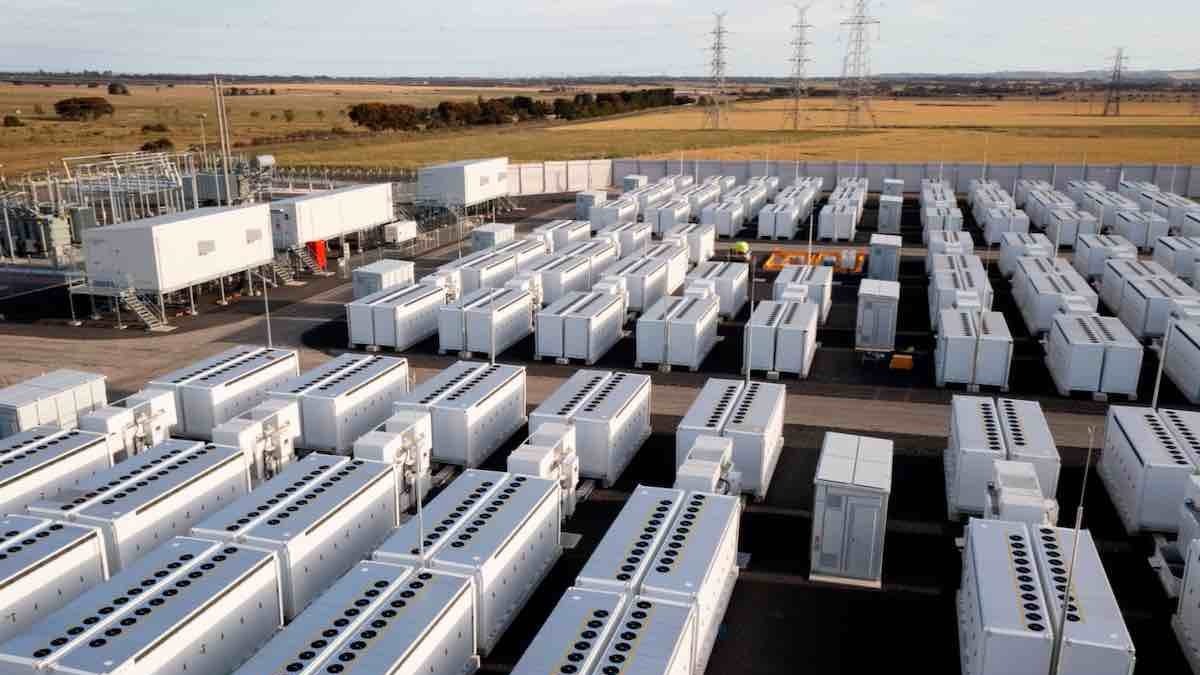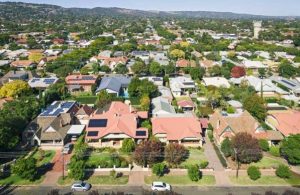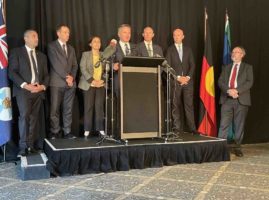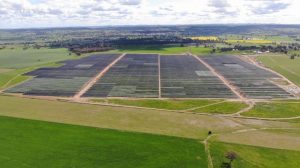With debate raging about the potential introduction of a capacity mechanism into the National Electricity Market, the head of the body designing it has suggested a future mechanism could have emissions reduction targets baked into its design.
The Energy Security Board recently published its draft design for a capacity mechanism, and concerns have been raised regarding potential eligibility criteria for technologies to participate in such a scheme.
The main fears are around the possibility that it could provide economic support for ageing fossil fuel generators to remain in the market beyond their currently planned retirement dates.
The key question that the ESB will need to answer is how the eligibility criteria for the capacity mechanism will be determined, including whether it could explicitly limit eligibility to new and low emissions electricity sources.
Rather than suggesting its own view – the ESB has said it will defer to the advice of federal, state and territory energy ministers.
But in a webinar hosted by the Energy Security Board on Friday, its chair Anna Collyer suggested that an emissions reduction trajectory could be baked into the design of a potential capacity mechanism.
“What we’re seeking from ministers is a bit more input into how we ensure that our capacity mechanism meets emission reduction objectives, which is one of our given principles,” Collyer said.
“One of the ways that could be done is building that into the eligibility criteria.”
“There’s a one approach that’s already sitting in the principles, that jurisdictions simply decide a particular technology does not participate.”
“Another approach is to look at emissions under the mechanism being reduced over time. Whether that’s by reference to what we see in the Integrated System Plan’s ‘step change’ scenario or some other parameters that we can build quite specifically into the mechanism.”
The ‘step change’ scenario included within the Australian Energy Market Operator’s recently published ISP would see coal generation largely phase-out of Australia’s main grid by the 2040s, with renewables meeting the vast majority of electricity demand.
The ESB is trying to strike a balance between building a consistent mechanism that applies across the entire National Electricity Market, while also trying to accommodate the needs and desires of individual states.
Questions still remain about the treatment of technologies on a range of additional parameters, including the duration of available supply from energy storage projects and how quickly generators can ramp up supply on demand.
For example, both New South Wales and Victoria are eager to limit any potential capacity mechanism to lower emissions technologies, effectively excluding coal generators from the scheme.
In contrast, Queensland, which has a ‘younger’ fleet of government-owned coal-fired generators, may seek to ensure they benefit from capacity payments.
In his own address to the National Press Club this week, federal climate change and energy minister Chris Bowen stressed that he would ensure the capacity mechanism’s design was consistent with the new government’s 2030 emissions reduction targets.
“Under us, it will be utterly consistent with our emissions reduction target. It will support new technologies. It will support new generation. It will support storage,” Bowen said.
“Now, there are issues that I’m working through with the state and territory colleagues. We unanimously agreed to progress this work at the last meeting.”
Collyer suggested that if thermal – coal and gas – generators were excluded from the capacity mechanism, a process of negotiating retirement contracts with existing generators may be necessary to manage their orderly exit.
“If we are not having thermal within this mechanism, then we may look at regulated exit contracts, for example,” Collyer said.
“From a customer’s perspective, having disorderly retirements of thermal does lead to both unreliability and high prices. And so we’re just really trying to find a way to get a more of an orderly exit and ensure that we’ve got assets in place.”
New South Wales minister Matt Kean has previously advocated for such an approach, negotiating bilateral agreements with individual generators as an alternative to a capacity mechanism.










